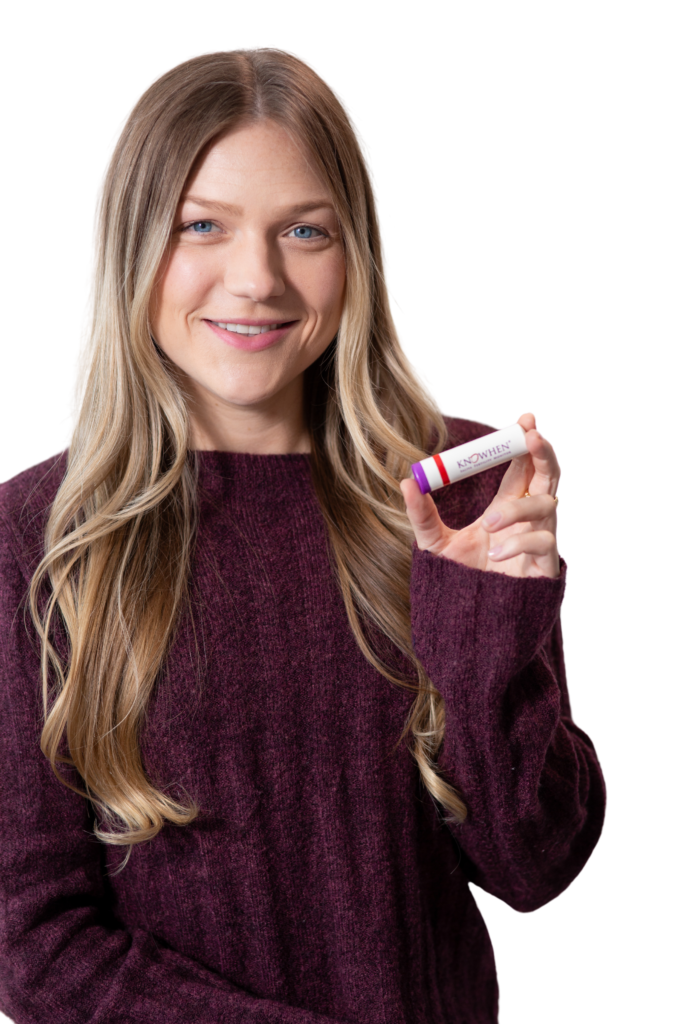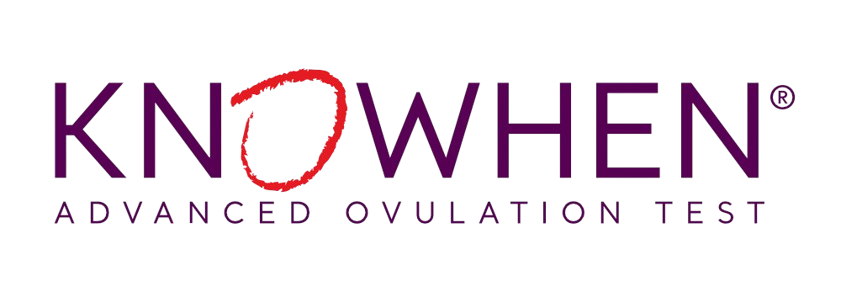

Standing in your bathroom, squinting at yet another ovulation test strip – it’s a familiar scene for anyone trying to conceive. While tracking your fertility should be straightforward, the reality often feels like solving a puzzle. Especially when you’re investing in box after box of single-use test strips that seem to deliver more confusion than clarity.
What if there was a simpler, more sustainable way to identify your fertile window? One that doesn’t require daily trips to the pharmacy or decoding faint lines in harsh bathroom lighting?
You guessed right. Saliva ovulation test – a reusable tool that can help demystify your fertility journey by revealing microscopic patterns in your saliva that signal your most fertile days.
In this guide, we’ll walk through exactly how to use a saliva ovulation test to maximize your chances of conception. You’ll learn why timing matters, how to interpret your results with confidence, and the simple steps that can help you avoid common testing mistakes.
A saliva ovulation test, also known as a saliva ferning test, is a simple, reusable tool that helps identify your most fertile days. It works by detecting changes in estrogen levels, which causes a unique “fern-like” crystal pattern to form in dried saliva when ovulation is approaching.
Unlike urine-based ovulation tests, which detect the luteinizing hormone (LH) surge right before ovulation, saliva tests provide a broader fertility window. This makes them a great option if you are looking for an affordable, convenient, and hormone-free way to track ovulation.
If used correctly, saliva ovulation tests can be up to 98% accurate in predicting ovulation. However, proper technique is important to ensure accurate results. Below is a step-by-step guide to help you get the most out of your saliva ovulation test.
There are several saliva ovulation test kits available, usually in the form of small, portable microscopes that resemble lipstick tubes. A high-quality option to consider is the KNOWHEN® Saliva Ovulation Test, known for its reliability and ease of use.
Before using the test, read the manufacturer’s instructions carefully to understand how to collect and interpret your saliva sample correctly.
Related post:
For best results:
Timing is important, as food, drinks, and oral hygiene products can interfere with the accuracy of the test.
Allowing the saliva to dry properly is essential, as moisture can distort the results.
Once the saliva sample has dried, use the built-in microscope to examine the pattern. Your results will fall into one of three categories:
Image via Babyhopes
To maximize the effectiveness of the test, keep a daily log of your results:
Related posts:
Even though saliva ovulation tests are easy to use, several factors can interfere with accuracy. Avoid these common mistakes:
If you’re looking for a reliable, user-friendly, and reusable ovulation tracking method, the Knowhen Ovulation Saliva Test Kit is a top choice. Here’s why:
Many women find the Knowhen test more convenient and budget-friendly than urine-based ovulation kits, making it a smart investment for those trying to conceive.
Saliva ovulation tests offer a simple, reusable, and effective way to track your fertility. By understanding how to properly use and interpret the test, you can take control of your cycle and improve your chances of conceiving.
DISCLAIMER: The information shared here is meant to inform and educate, not to diagnose or replace professional medical care. For any health concerns or medical issues, always consult with certified healthcare providers who can properly and medically evaluate your specific fertility health situation.
Related posts:




The KNOWHEN® Ovulation Test tracks your ovulation using only a drop of your saliva. It identifies your five (5) most fertile days and the best days in your ovulation cycle if you’re trying to conceive.